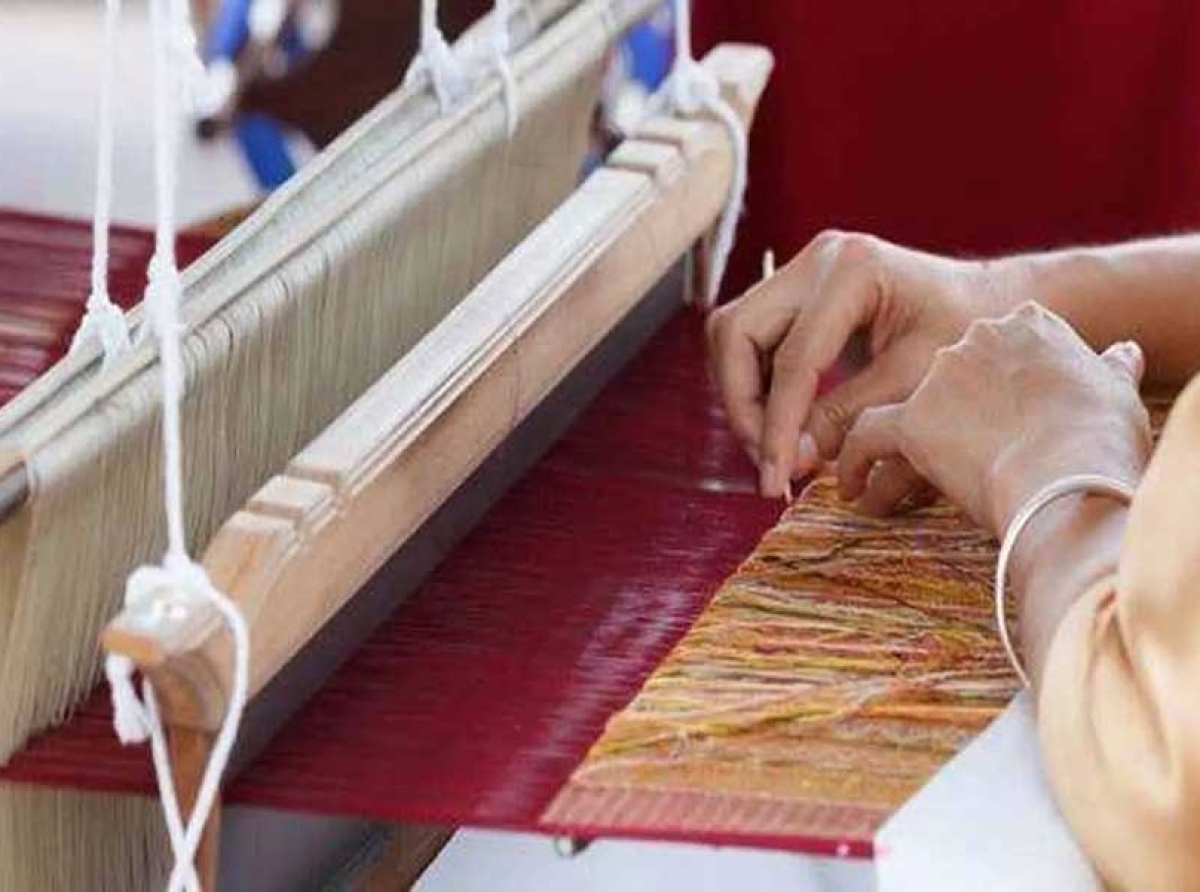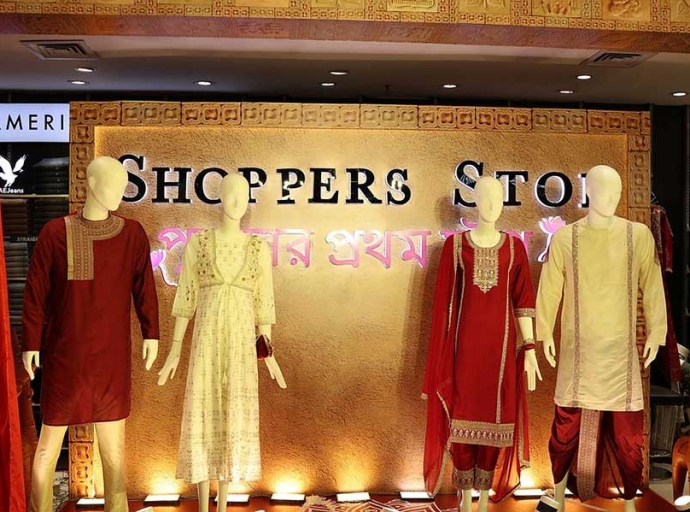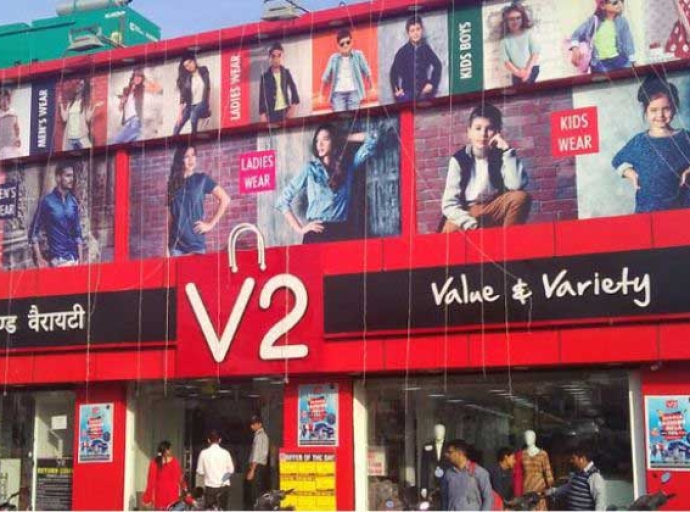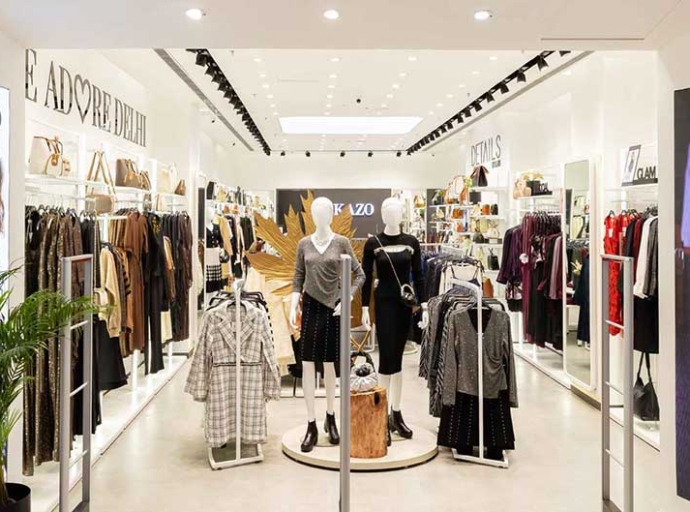From looms to luxury, Ekta Malls set to redefine Indian handloom, handicraft retail

26 August 2025, Mumbai
India’s MSME and craft economies are vast but fragmented. As of May-July 2025, over 6.4–6.5 crore enterprises are registered on Udyam/UAP, providing 26.8 crore jobs, yet artisans and micro-enterprises still struggle for market access, branding, and steady retail throughput.
Read our latest issue
The PM Ekta Mall (Unity Mall) initiative, first announced in the Union Budget 2023-24 aims to change that by creating purpose-built, permanent retail hubs in every state to promote ODOP (One District, One Product), GI-tagged and other local handicraft/handloom products.
The concept of PM Ekta Mall is rooted in the idea of providing a dedicated platform in prominent locations across the country where artisans, weavers, and small entrepreneurs can showcase and sell their authentic, high-quality products directly to consumers.
This eliminates intermediary costs, ensures fair pricing for both producers and buyers, and promotes the unique cultural heritage embedded in these products.
States are encouraged to locate these malls in their capital, leading tourism hub or financial capital explicitly to sell their own district products and allocate space to products from other states thereby giving artisans a national storefront under one roof.
A big vision backed by big numbers
The scope of the initiative is formidable. By mid-2025, 27 states had received approval from the Centre to build their own Ekta Malls, backed by funding under the Special Assistance to States for Capital Investment (SASCI) scheme. A total of Rs 5,000 crore was earmarked in FY24 for these projects.
Early DPRs reveal the scale: while Mizoram has sanctioned a Rs 127-crore mall in Aizawl’s Chawnpui locality, Jammu and Srinagar together are planning a twin investment of Rs 255 crore.
Some designs envision structures as large as two lakh sq. ft, with costs over Rs 227 crore, blending modern architecture with local cultural elements.
The model is not entirely untested. At the Statue of Unity in Gujarat, the government had previously built a 35,000 sq ft Ekta Mall, housing emporiums from 20 different states. The success of this experiment with tourists thronging to purchase authentic crafts proved that curated, state-led retail could be both commercially viable and culturally enriching.
A lifeline for India’s artisan economy
For India’s 6.4 crore registered MSMEs, which together employ nearly 27 crore people, the Ekta Mall project represents more than just real estate. It offers legitimacy, visibility, and access. As Prime Minister Modi underlined during National Handloom Day: “Ekta Malls… being developed in every state capital… will bring handloom and handicraft products from every state and district under one roof and benefit those associated with the sector.”
This promise is particularly significant for the thousands of artisans linked to the government’s ODOP programme, which has identified over 1,200 unique products across more than 750 districts, ranging from Varanasi silk and Channapatna toys to Kashmiri saffron. Meanwhile, India has already secured 605 GI tags for products, with an ambitious target of 10,000 by 2030.
Commerce and Industry Minister Piyush Goyal, speaking at the National ODOP awards, emphasized that Ekta Malls could be the turning point for these local industries. “Packaging and branding need to be improved so our products are respected in the world for their high quality.”
In fact, the expansion of authorized GI users from just 365 to nearly 29,000 over the past decade shows the growing formalization of India’s heritage crafts. But without strong retail channels, many of these products remain trapped in local markets, unable to command the premium they deserve.
Beyond souvenirs building an ecosystem
What sets Ekta Malls apart from traditional craft bazaars is their emphasis on structured, long-term retail. Each mall will house dedicated spaces for every state and union territory, ensuring that no region is left behind. The malls are expected to double up as cultural hubs, with live demonstrations of weaving, pottery, block printing, and other crafts, transforming shopping into an immersive experience.
Table: Potential impact on MSME sales
|
Category |
Current average annual sales (estimated) |
Projected increase with Ekta Mall |
Potential new average annual sales |
|
Handicrafts |
Rs 5 lakh |
20% |
Rs 6 lakh |
|
Fashion & Apparel |
Rs 8 lakh |
15% |
Rs 9.2 lakh |
|
Fabrics |
Rs 6 lakh |
18% |
Rs 7.08 lakh |
If executed well, these spaces could also serve as launch-pads for exports. India’s handicraft exports stood at Rs 31,095 crore ($3.8 billion) in FY24, but provisional figures for April-June FY26 show a slight dip to Rs 7,726 crore, highlighting the fragility of global demand. By embedding quality-testing labs, packaging units, and buyer-seller meet zones within Ekta Malls, states can help artisans transition from local vendors to export-ready enterprises.
There is also a domestic consumer story at play. With the rapid growth of platforms like ONDC and GeM, the Ekta Mall model could integrate offline retail with digital storefronts, converting tourist footfall into long-term online customers. Imagine a traveller buying a GI-tagged Kutch shawl in Ahmedabad, scanning its QR code, and reordering it six months later from another city.
PM Ekta Mall in Visakhapatnam
The forthcoming PM Ekta Mall in Vizag is set to become a flagship destination for Andhra Pradesh's unique artisanal and industrial heritage. The project, approved by the Department for Promotion of Industry and Internal Trade (DPIIT), is being built on a five-acre site with an estimated investment of Rs 172 crore. The mall will feature 99 ODOP items from 26 districts of Andhra Pradesh, providing a dedicated platform for local artisans and entrepreneurs. The project, announced by Union Minister of State for Commerce and Industries Jitin Prasada, is currently under construction and has a projected completion date of May 2026.
The initiative will not only promote traditional crafts but also integrate offline retail with digital commerce, as many of these products are already available on platforms like Lepakshi and APCO. Notable items to be featured include the renowned Etikoppaka wooden toys and the intricate Dharmavaram silk saris, among a diverse range of other goods. While the DPIIT provides project approval, the Andhra Pradesh government will be responsible for the marketing activities.
Challenges along the way
Yet, the journey will not be without hurdles. The capital investments are massive, and it will take time for footfall and sales to justify the expenditure. Many micro-enterprises continue to face delayed payments and lack access to working capital; unless state governments create enabling financial systems, artisan stalls may remain understocked. There is also the persistent issue of packaging and design parity. Without professional branding support, India’s ODOP and GI products risk being perceived as souvenirs rather than lifestyle goods.
Despite these challenges, the potential is undeniable. If even a fraction of India’s 6.5 crore MSMEs find a showcase in these malls, the impact on livelihoods and exports could be transformative. Within the next two years, as more malls come online, success will be measured not just in square footage or daily footfall but in how effectively they bridge the gap between district makers and global markets.
At its core, the PM Ekta Mall initiative is more than a retail scheme. It is a cultural statement, positioning India’s craft heritage as a living, evolving part of its growth story. By marrying the ancient with the modern, the local with the global, Ekta Malls could become the most visible symbol of India’s MSME empowerment journey—where every district, every artisan, and every craft finds a place under one roof.
Latest Publications

































